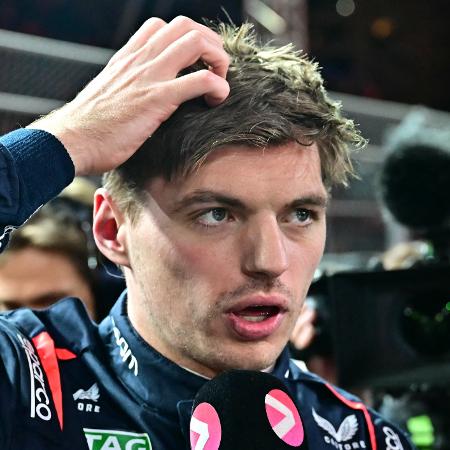Com Douglas Costa, Brasil chega ao 30º título no Mundial por times europeus

A conquista do Bayern de Munique no Mundial de Clubes rendeu ao Brasil uma marca interessante: o país chegou ao seu 30º título na competição entre jogadores que atuam por times europeus.
Ao todo, 22 brasileiros já faturaram o torneio representando equipes do Velho Continente no formato atual. O último foi Douglas Costa, que atuou cerca de 20 minutos na vitória por 1 a 0 do Bayern contra o Tigres. Veja a lista completa no fim.
Desde que a Fifa ou a organizar o Mundial de Clubes (em 2000 e depois a partir de 2005), 13 vezes o título ficou com um time da Europa. Em todas as ocasiões, o Brasil teve ao menos um representante no elenco campeão.
O ano em que mais brasileiros sagraram-se campeões mundiais de clubes por um time europeu foi em 2007. Naquela edição, o Milan contava com cinco atletas do Brasil — Dida, Kaká, Emerson, Cafu e Serginho. Eles venceram o Boca Juniors por 4 a 2.
Por outro lado, o brasileiro que mais vezes venceu a competição foi o lateral esquerdo Marcelo, quatro vezes com o Real Madrid (2014, 2016, 2017 e 2018).
Foi a quarta vez que o Bayern de Munique conquistou o título mundial — duas no formato atual. O Palmeiras terminou no quarto lugar e teve o pior desempenho de um representante da América do Sul em todas as edições.
Veja todos os brasileiros que venceram o Mundial de Clubes por times da Europa:
- Douglas Costa - Bayern (2020)
- Alisson - Liverpool (2019)
- Roberto Firmino - Liverpool (2019)
- Marcelo - Real Madrid (2018, 2017, 2016 e 2014)
- Casemiro - Real Madrid (2018, 2017 e 2016)
- Vinicius Jr. - Real Madrid (2018)
- Danilo - Real Madrid (2016)
- Daniel Alves - Barcelona (2015, 2011 e 2009)
- Neymar - Barcelona (2015)
- Adriano - Barcelona (2015 e 2011)
- Rafinha - Bayern (2013)
- Dante - Bayern (2013)
- Júlio César - Inter de Milão (2010)
- Maicon - Inter de Milão (2010)
- Lúcio - Inter de Milão (2010)
- Rafael - Manchester United (2008)
- Anderson - Manchester United (2008)
- Dida - Milan (2007)
- Kaká - Milan (2007)
- Emerson - Milan (2007)
- Cafu - Milan (2007)
- Serginho - Milan (2007)





ID: {{comments.info.id}}
URL: {{comments.info.url}}
Ocorreu um erro ao carregar os comentários.
Por favor, tente novamente mais tarde.
{{comments.total}} Comentário
{{comments.total}} Comentários
Seja o primeiro a comentar
Essa discussão está encerrada
Não é possivel enviar novos comentários.
Essa área é exclusiva para você, , ler e comentar.
Só s do UOL podem comentar
Ainda não é ? Assine já.
Se você já é do UOL, faça seu .
O autor da mensagem, e não o UOL, é o responsável pelo comentário. Reserve um tempo para ler as Regras de Uso para comentários.